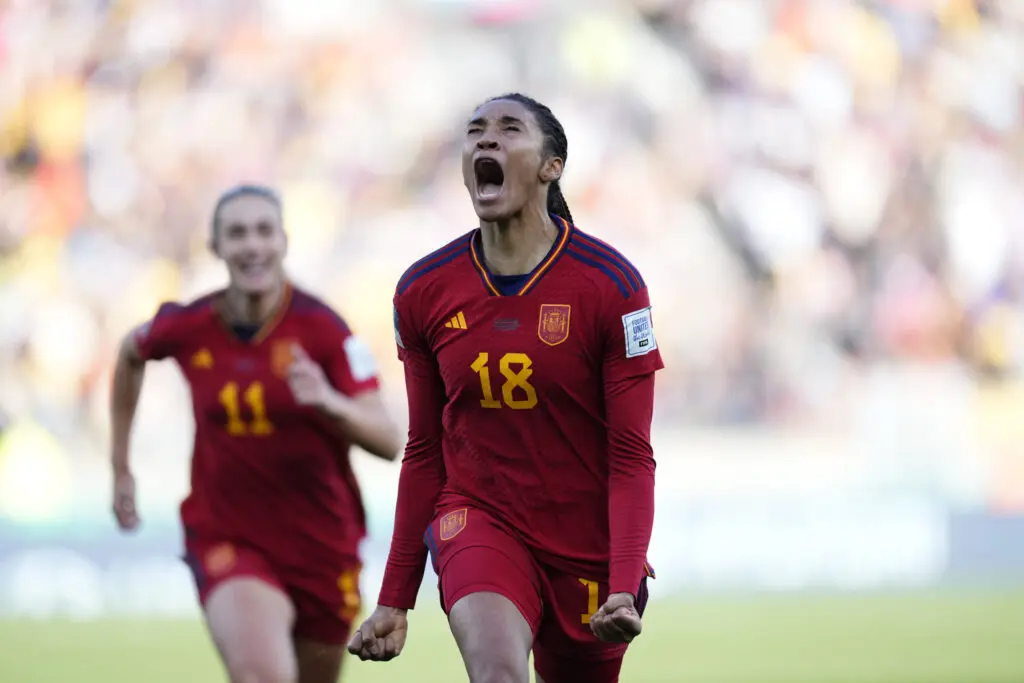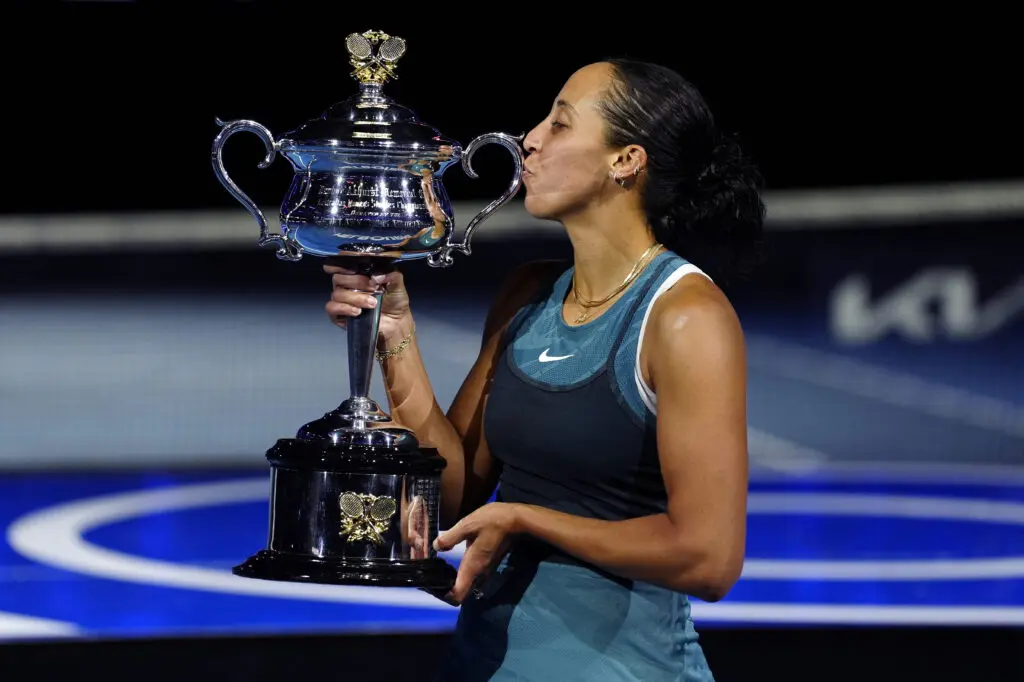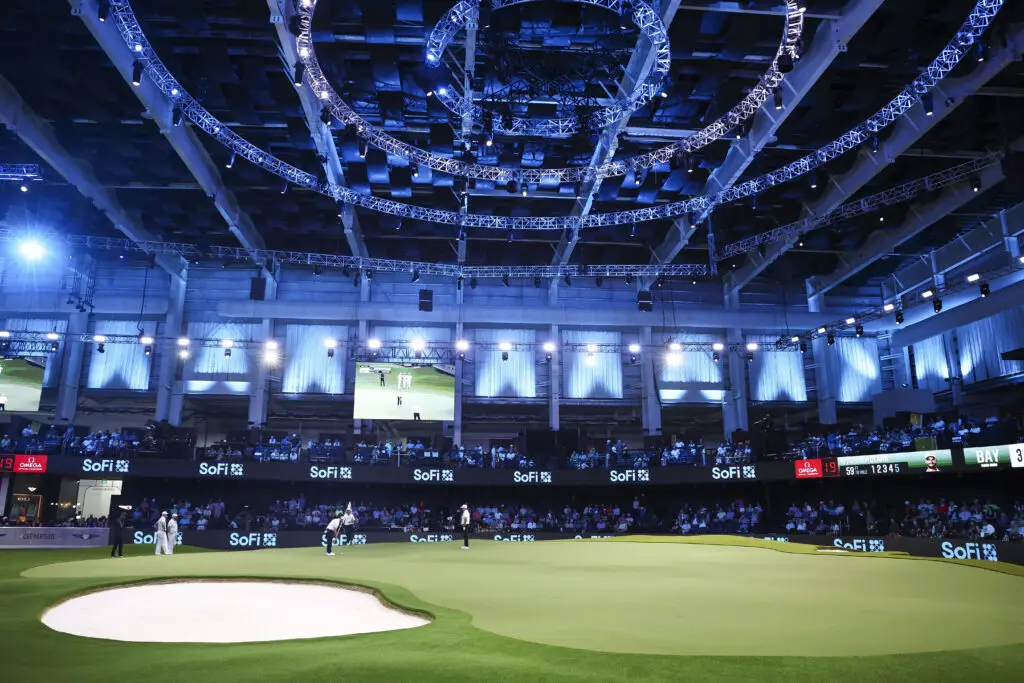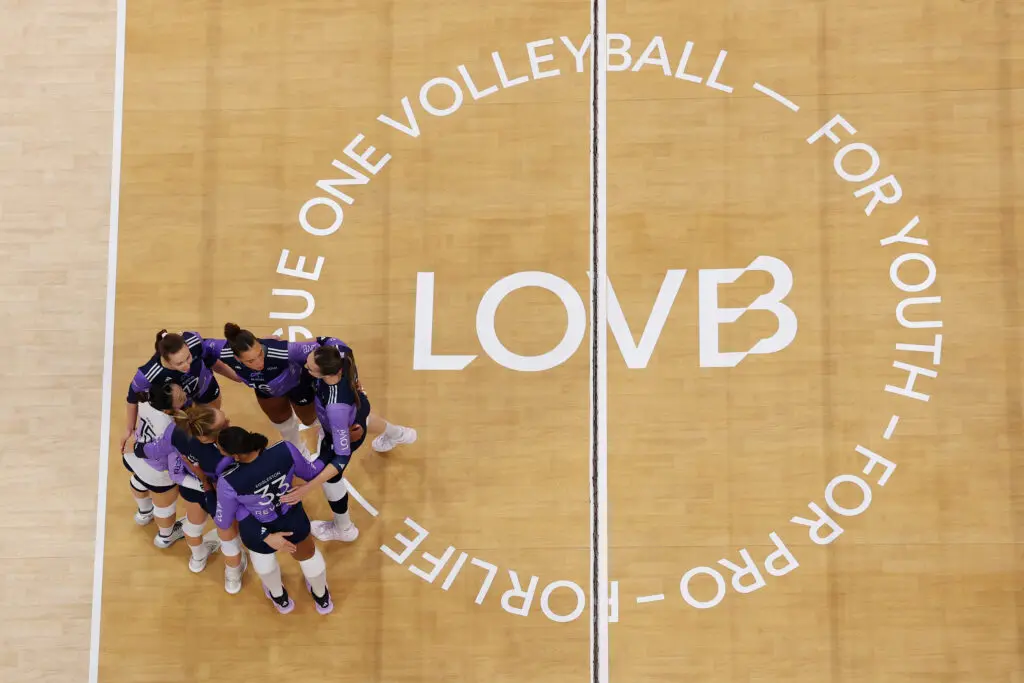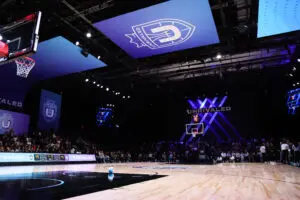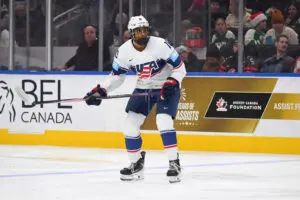Now that the 2023 World Cup has crowned a first-time champion in Spain, many will remember the tournament for team accomplishments. But over the course of the past month, individuals rose to the occasion to keep their teams alive, showcasing their talents on the biggest international stage.
This Best XI will favor teams that did particularly well in the knockout rounds, but there are also arguments to be made for selecting stars of the group stage at almost every position.
So, let’s take a look at which players stood out throughout the World Cup with our Best XI.

Goalkeeper
Zećira Mušović (Sweden)
Sweden’s run to third place was a culmination of a number of factors, including the team’s ability to command space on set pieces and in defensive transition. But they also benefited greatly from the stellar play of goalkeeper Zećira Mušović, who kept Sweden in their Round of 16 matchup against the USWNT and ultimately helped knock out the 2019 World Champions in a penalty shootout.
Overall, the World Cup was an incredible display of gains made in goalkeeping in the women’s game. Deserved honorable mentions go out to Jamaica’s Rebecca Spencer, Nigeria’s Chiamaka Nnadozie and England’s Mary Earps, the 2023 Golden Glove winner. Stout performances between the posts kept a number of teams in games during crucial stretches of the knockout rounds (not to mention the penalty shootout heroics of the USWNT’s Alyssa Naeher and Australia’s Mackenzie Arnold). The position is in good hands worldwide.

Defenders
Amanda Ilestedt (Sweden), Allyson Swaby (Jamaica), Millie Bright (England), Michelle Alozie (Nigeria)
The 2023 World Cup was marked by three-back systems, making a four-back Best XI defensive formation somewhat difficult to choose in an attempt to honor four of the best at the position. Any of England’s center-backs could have taken honors here, or members of Japan’s excellent bend-but-don’t-break defense. The three-back renaissance also meant that many traditional fullbacks moved into wingback positions and essentially functioned as midfield additions in the attack. Spain’s Olga Carmona also deserves a mention, as the hero of the World Cup final with her strike from an advanced position.
Amanda Ilestedt fits that description of creating attack from defense perfectly. The Swedish defender carried both defensive and attacking responsibilities, contending for the Golden Boot award as the focal-point of many of Sweden’s set pieces. Allyson Swaby anchored a Jamaica side that reached the knockout rounds for the first time thanks to their staunch defense, which held both France and Brazil scoreless. Millie Bright captained England to a final appearance as the core of their three-back defense, and Michelle Alozie contributed greatly to the Nigeria defense that almost knocked the Lionesses out of the tournament in the Round of 16. Another defender deserving of an honorable mention is the USWNT’s Naomi Girma, who played every minute as part of a defense that gave up just two shots on goal in four games.

Midfielders
Aitana Bonmatí (Spain), Teresa Abelleira (Spain), Hayley Raso (Australia)
Spain’s midfield trio could take up this entire position, and it would be difficult to argue against them. Aitana Bonmatí earned FIFA’s official Golden Ball award for her work controlling possession and contributing to Spain’s World Cup-winning attack. She dominated Spain’s Round of 16 clash with Switzerland, scoring two goals, and forced opposing defenses into poor decisions as the knockout rounds became increasingly competitive. Bonmatí was matched in quality by teammate Teresa Abelleira, who was the motor behind Spain’s ball possession and passing. Spain’s midfield excellence was never more apparent than in the tournament final, where they held onto the ball and a 1-0 lead for much of the match to stave off England.
Hayley Raso, a wide player who spends as much time in the attack as she does sitting in midfield spaces, deserves honors as a key part of Australia’s 4-4-2 formation. The Matildas finished in fourth, the co-host’s best-ever result at a World Cup, not least because of Raso’s endless work rate on the wings in tandem with Caitlin Foord on the opposite flank, especially in the absence of forward Sam Kerr for much of the tournament.

Forwards
Salma Paralluelo (Spain), Linda Caicedo (Colombia), Hinata Miyazawa (Japan)
Picking only three forwards for this list is almost impossible. Talent at the forward position has possibly never been deeper, with young stars rising to take over for the established legends of the game. Many of those players are known for exploiting wide spaces, and few traditional No. 9s stood out in the grand scheme of the tournament (Germany’s Alexandra Popp and France’s Kadidiatou Diani, who earned the Silver and Bronze Boot Awards, are perhaps the exceptions).
Diani and Popp are strong candidates for a Best XI, as is England’s Lauren Hemp, but the particularly stellar play of other wide forwards adds credence to leaning into the trend. Salma Paralluelo was a key spark in Spain’s run to the title, scoring in the quarterfinal and semifinal before earning a start in the final. Linda Caicedo was one of the best individual talents in the entire tournament, spurring Colombia to a quarterfinal finish. And Hinata Miyazawa’s Golden Boot-winning tally (five goals) held firm despite Japan’s exit in the quarterfinals. As the most clinical finisher working in a high-risk, high-reward system, Miyazawa almost helped take the Nadeshiko all the way.
Claire Watkins is a Staff Writer at Just Women’s Sports. Follow her on Twitter @ScoutRipley.
